The 7 Elements of Interior Design
Interior design is both an art and a science, aimed at enhancing the interior of a space to achieve a healthier and more aesthetically pleasing environment. At the heart of good interior design lie seven essential elements: space, form, line, light, colour, pattern, and texture.
We decided to take a moment to reflect on them, because understanding and balancing these elements is truly the key to creating a beautiful and functional space. And because we love a bit of history, we chose an architect or designer for each element who has been a real inspiration in the field.
By the end, you’ll have a clear understanding of these interior design basics and how to apply them to create a balanced, functional, and beautiful space!
1. space in interior design (area)
Space refers to the physical boundaries of a room, length, width, and height and is the canvas on which all other elements are applied. It’s divided into positive space (where objects are placed) and negative space (the empty areas around and between those objects). A harmonious design maintains a thoughtful balance between the two.
Design reference: Frank Lloyd Wright is an example of masterful use of space, with open-plan layouts that created seamless flow between rooms.
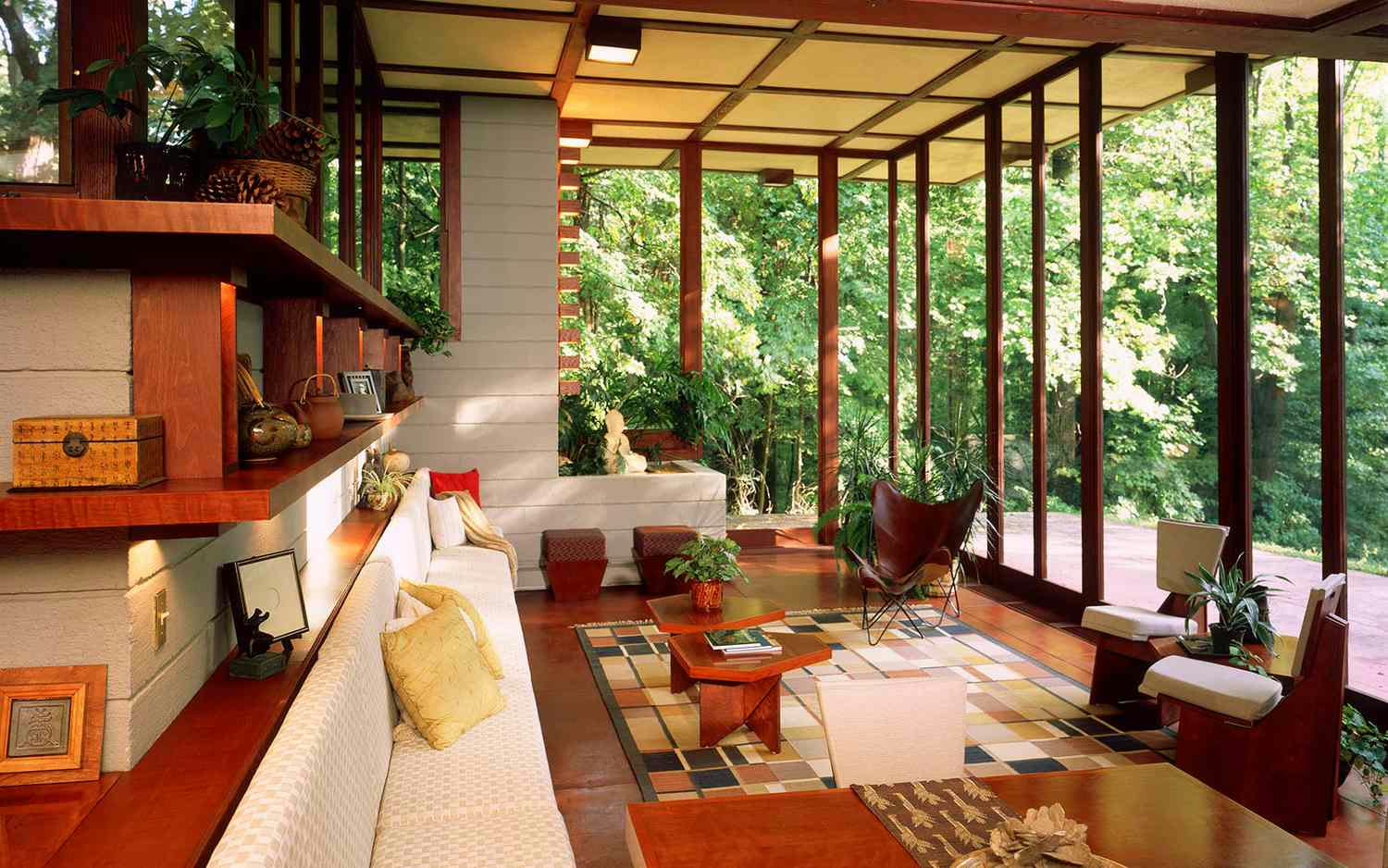
design reference: Frank Lloyd Wright
2. form in interior design (shape)
Form refers to the shape of a room as well as the objects within it. It can be geometric or organic and, when used thoughtfully, it brings structure and balance. A well-composed room uses repeated forms to create visual harmony while mixing shapes sparingly to add interest without chaos.
Design reference: One of the pioneers of modern architecture, and an absolute favourite of ours, Le Corbusier is a great example of embracing clean geometric forms, believing that form should always follow function.
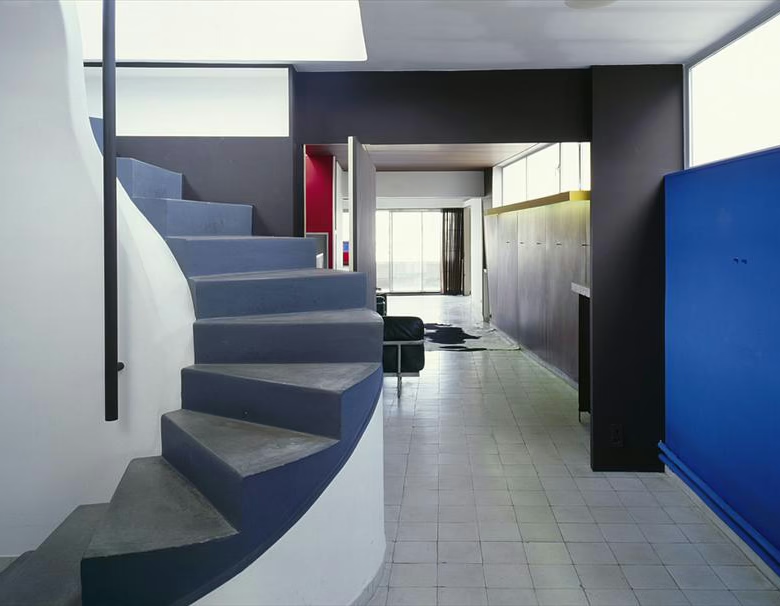
design reference: Le Corbusier
3. line in interior design (direction)
Lines guide the eye and define shapes and forms. They can be horizontal (creating a sense of stability), vertical (adding height), or dynamic/diagonal (suggesting movement and energy). Lines are evident in architectural details, furnishings, and even the silhouette of objects in a room.
Design reference: Elsie de Wolfe, often credited as America’s first professional interior decorator, broke away from the heavy Victorian style to use clean lines and symmetry, bringing a light, airy feel to her rooms.
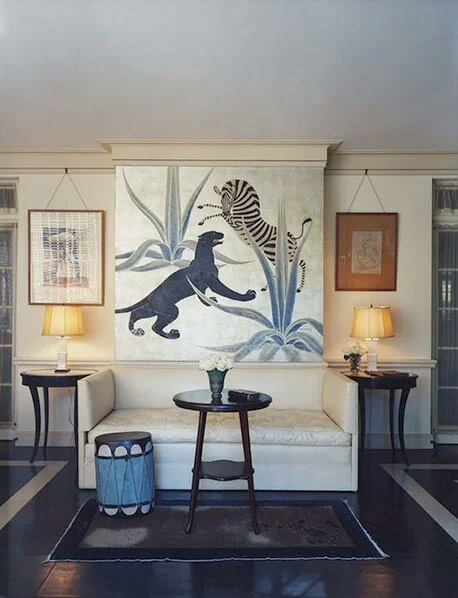
design reference: Elsie de Wolfe
4. light in interior design (mood)
Light, both natural and artificial, is critical in interior design. It affects how we perceive colours, forms, and spaces, and it influences much of the mood. Well-lit rooms feel open and welcoming, while dim lighting can evoke intimacy or drama. How do you design lighting in a space? By layering it, using a mix of ambient (general), task (functional), and accent (decorative) lighting. The interplay of light and shadow can dramatically alter the mood of a space.
Design reference: Jean-Michel Frank, known for his minimalist interiors in the 1920s and ’30s, often emphasised the importance of natural light, using pale tones and reflective materials to enhance brightness.
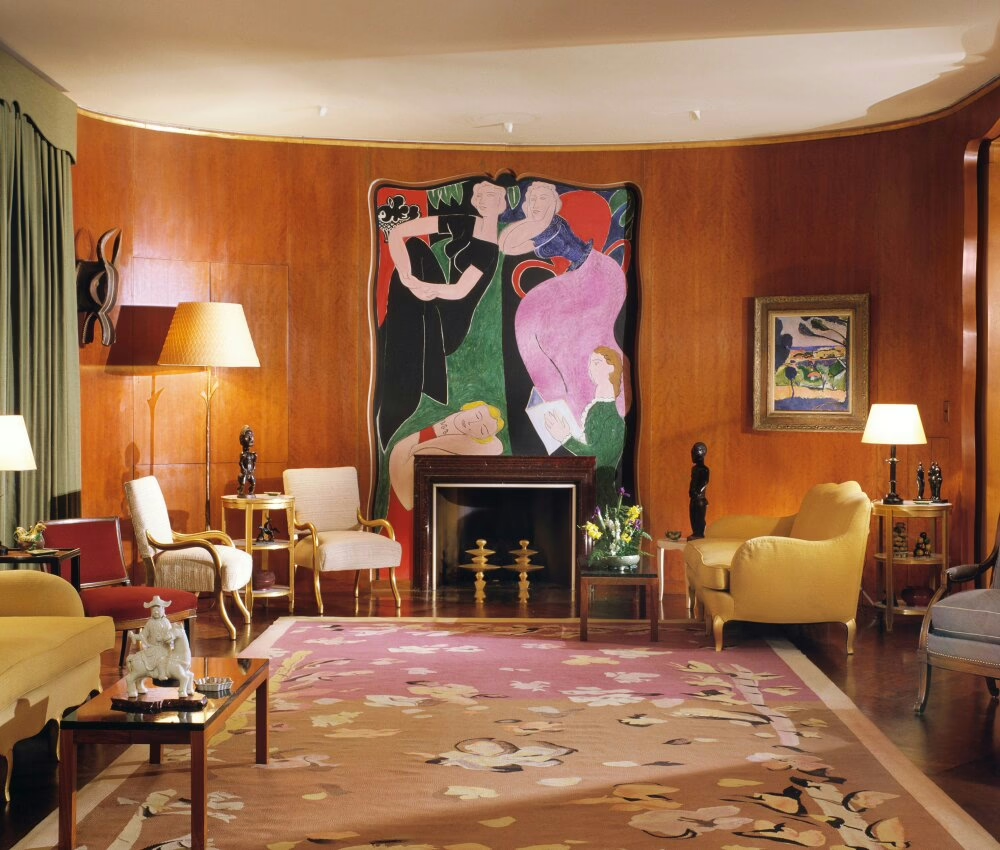
design reference: Jean-Michel Frank
5. colour in interior design (emotion)
Colour sets the emotional tone of a room. Warm tones (reds, oranges, yellows) are stimulating and cosy, while cool tones (blues, greens) evoke calm and serenity. Colours are not just for decor, they can be used to define zones in open spaces or to create focal points. A well-designed colour palette brings unity and rhythm to an interior and can link to nature, art, or cultural influences.
Design reference: British designer Terence Conran championed modern living with vibrant colour schemes that reflected post-war optimism. He believed colour was key to energising a home.
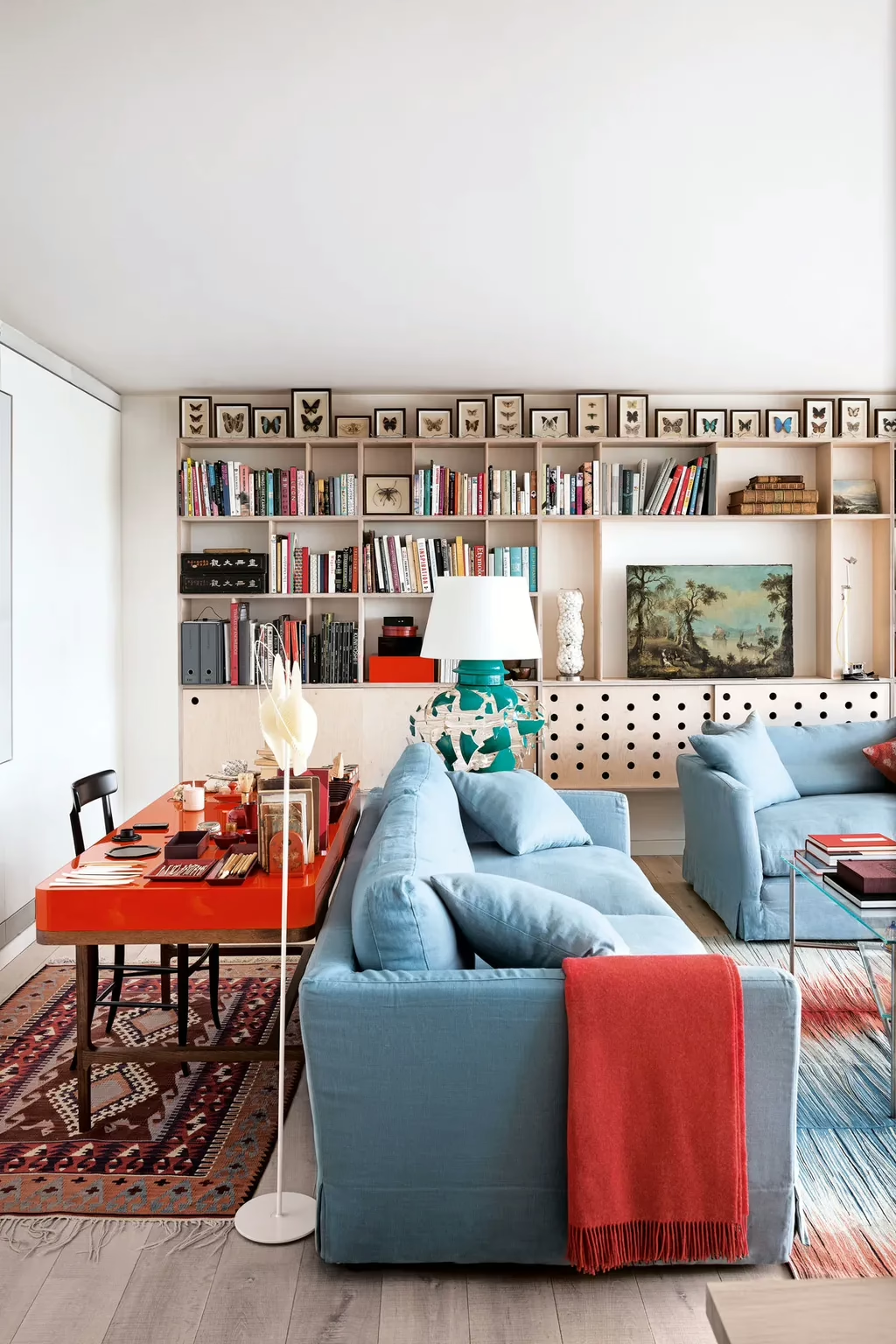
design reference: Terence Conran
6. pattern in interior design (rhythm)
Patterns are the elements that create rhythm—they bring energy, movement, and life to a space. They appear everywhere, from wallpaper to fabrics, rugs, and accessories. The key is balance: there’s no right or wrong pattern, but it’s important to mix patterns of different scales and styles while maintaining a unifying colour palette.
Design reference: William Morris, a central figure in the Arts and Crafts movement, was a master of pattern. His richly detailed wallpaper and textile designs emphasised nature-inspired motifs, craftsmanship, and harmony.
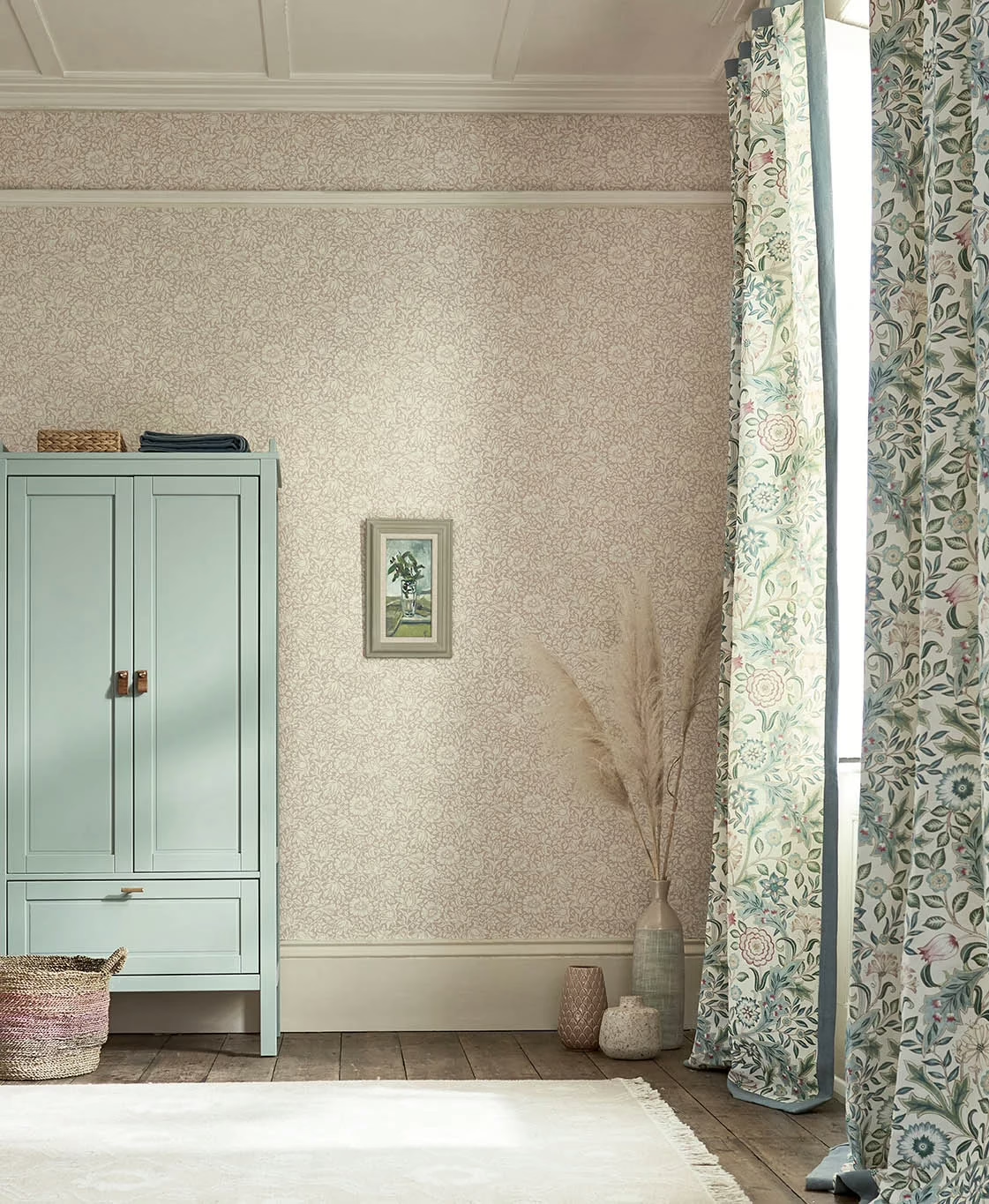
design reference: William Morris
7. texture in interior design (sensory)
Texture refers to the surface quality of materials, how they feel and how they look like they might feel. Combining different textures (smooth, rough, soft, hard) adds depth and tactile interest to a room. A room with a single texture can feel flat; layering textures creates richness, especially in monochromatic designs.
Design reference: Dorothy Draper, known for her bold, theatrical interiors in the early 20th century, expertly used texture through lacquered furniture, plush upholstery, and ornate mouldings to create dramatic contrast and personality.

design reference: Dorothy Draper
Great interior design doesn’t happen by accident. It results from a deliberate balance of these seven core elements which, when skillfully integrated, can transform any space into one that feels cohesive, functional, and uniquely personal. The best interiors are not just visually appealing, they are also emotionally resonant and deeply human. Want to start applying these principles in your own home? Begin by observing how each of these elements currently exists in your space, then adjust one at a time. The goal is not perfection, but harmony!
Drop us an email if you’d like to discuss a project.
